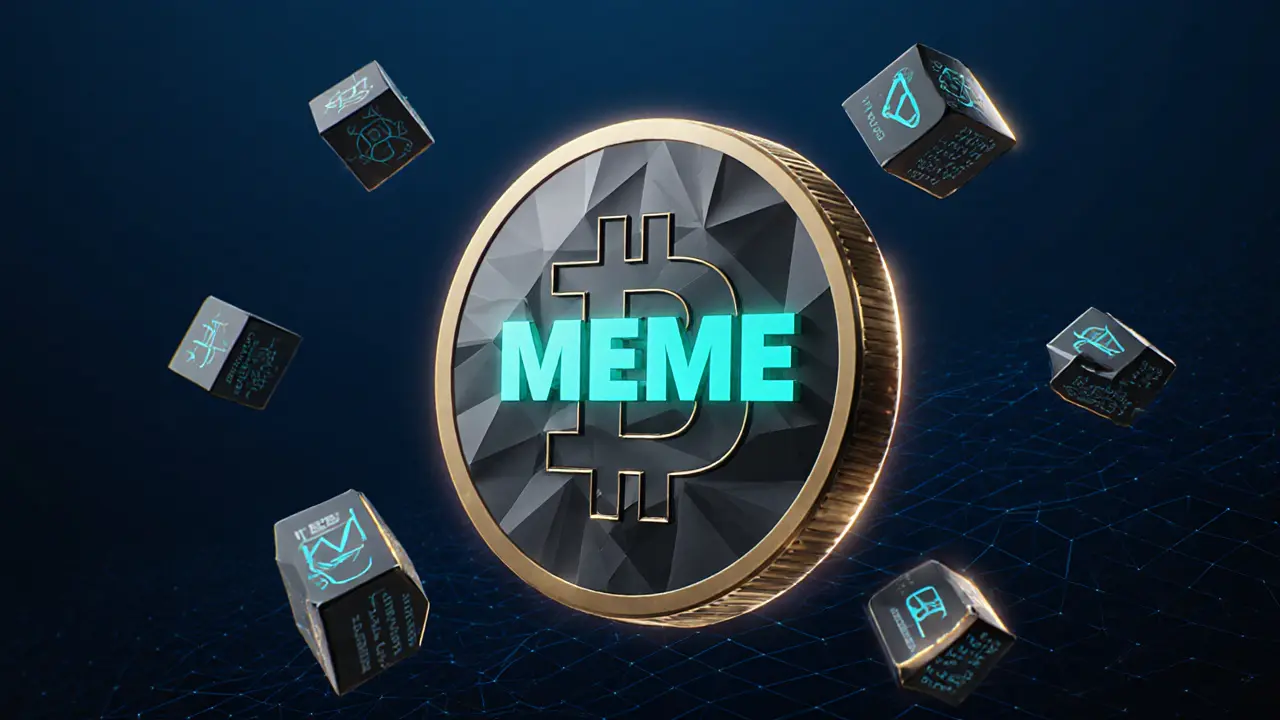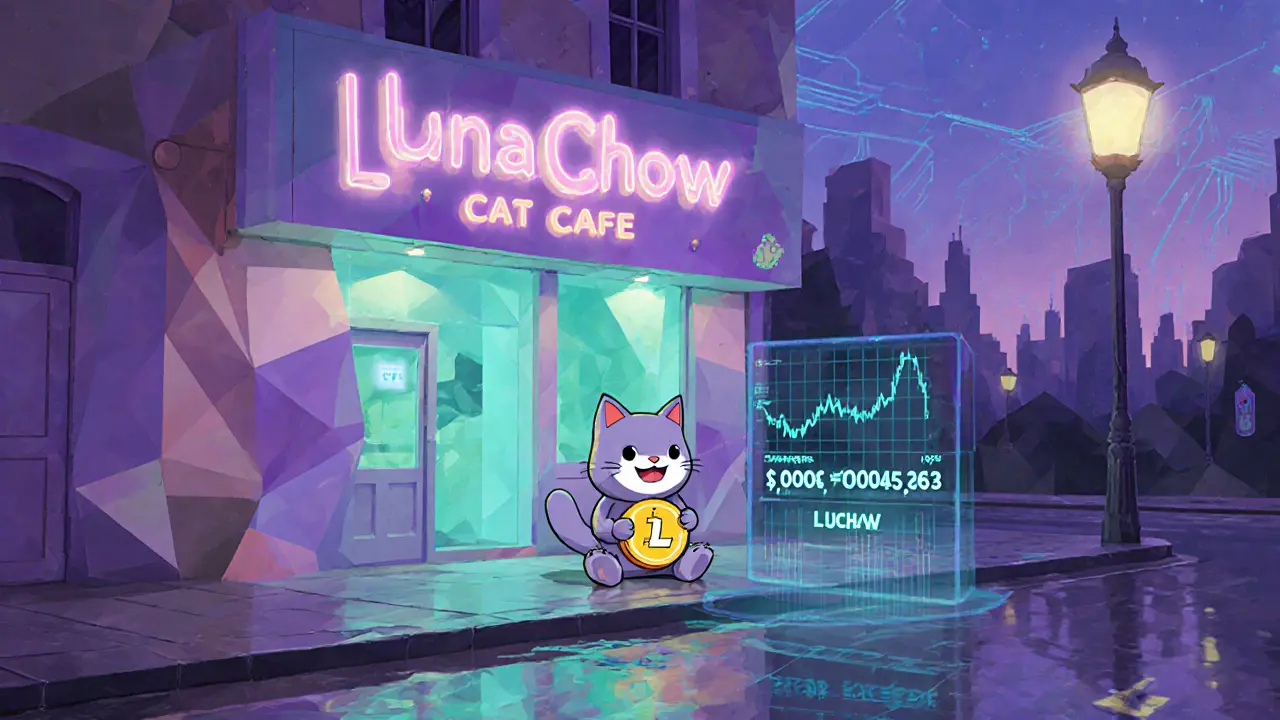Meme Coin Insights & Trends
When diving into Meme Coin, a cryptocurrency that gains value mainly from online community hype and viral memes. Also known as memecoin, it often rides on social media buzz rather than traditional fundamentals.
Airdrop, a free token distribution method that projects use to jump‑start user bases is a common launch tool for meme coins. By handing out tokens to early adopters, an airdrop fuels the viral loop that meme coins rely on. Tokenomics, the economic design of a token, including supply, distribution, and incentives determines how quickly a meme coin can create scarcity and hype. When tokenomics are paired with a low‑fee Crypto Exchange, a platform where users trade digital assets, the coin can spread faster across markets. The underlying Blockchain, a decentralized ledger that records all transactions provides the transparency that lets communities verify supply caps and track hype cycles.
Why meme coins keep popping up
Community sentiment drives price spikes, so monitoring social platforms is as crucial as watching on‑chain metrics. Regulations like the EU’s privacy‑coin ban can affect meme‑coin exposure, but because most meme coins sit on public blockchains, they often slip through without direct oversight. Successful meme coins also leverage exchange listings; a listing on a popular crypto exchange can multiply visibility overnight. Combining a well‑timed airdrop, catchy tokenomics, and easy exchange access creates the perfect storm for viral adoption.
The history of meme coins shows a pattern: a simple joke or meme catches fire, developers quickly mint a token, and the community spreads it. Dogecoin started as a satire in 2013, yet its playful branding and generous airdrops turned it into a market heavyweight. Since then, dozens of projects have tried to copy that formula, each tweaking tokenomics to stand out – some use hyper‑inflationary supplies, others lock a portion of tokens to create scarcity.
Airdrops remain a key catalyst because they lower the entry barrier. New users receive free tokens, start sharing memes, and drive organic growth. Projects often tie airdrops to social actions – retweeting, joining a Discord, or completing a small task – turning the distribution into a marketing campaign. This approach not only builds a holder base but also creates buzz that fuels price spikes when the coin hits an exchange.
Tokenomics for meme coins can be surprisingly sophisticated. While many rely on sheer volume, smart designs introduce burn mechanisms, staking rewards, or community voting rights. A burn schedule reduces supply over time, making each remaining token a bit more valuable. Staking lets holders earn a slice of transaction fees, turning passive supporters into active promoters. These features give investors something concrete to evaluate beyond meme popularity.
Exchange listings are the final piece of the puzzle. A low‑fee, high‑liquidity crypto exchange gives a meme coin the speed and reach it needs to attract traders. Listings on major platforms also add credibility, encouraging larger investors to dip their toes in. However, each exchange has its own verification process, fee structure, and user base, so choosing the right venue can make or break a coin’s growth trajectory.
Risk and reward go hand‑in hand in the meme‑coin world. The same viral momentum that can double a price in hours can also collapse it just as fast. Investors should watch community health, airdrop legitimacy, token supply controls, and exchange reliability. Understanding these factors helps separate flash‑in‑the‑pan projects from those that might evolve into lasting community tokens.
Now that you’ve got the big picture – from airdrop tactics and tokenomics tricks to exchange dynamics and blockchain foundations – dive into the articles below. Each piece breaks down a specific angle, giving you actionable insights to navigate the meme‑coin landscape with confidence.

Learn what MEME (Ordinals) is, its tech, tokenomics, how to buy, risks, and future prospects in the Bitcoin meme coin world.
- Read More

